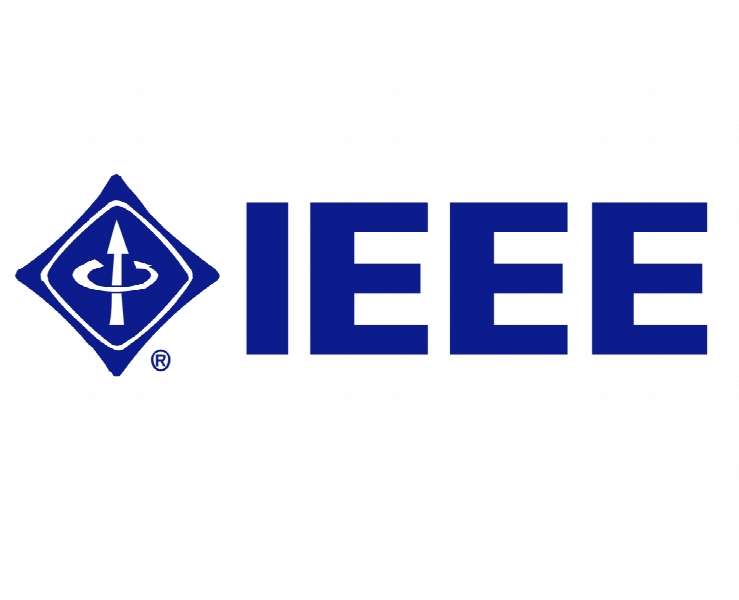حفظ کردن محاسبات مه برای کاربرد اینترنت اشیا Securing Fog Computing for Internet of Things Applications: Challenges and Solutions
- نوع فایل : کتاب
- زبان : انگلیسی
- ناشر : IEEE
- چاپ و سال / کشور: 2018
توضیحات
رشته های مرتبط مهندسی فناوری اطلاعات
گرایش های مرتبط اینترنت و شبکه های گسترده
مجله نظرسنجی ها و بررسی های ارتباطی – Communications Surveys & Tutorials
دانشگاه Department of Electrical and Computer Engineering – University of Nebraska-Lincoln – Omaha
منتشر شده در نشریه IEEE
کلمات کلیدی محاسبات مه، اینترنت اشیا، محاسبات لبه ای، امنیت و حریم خصوصی
گرایش های مرتبط اینترنت و شبکه های گسترده
مجله نظرسنجی ها و بررسی های ارتباطی – Communications Surveys & Tutorials
دانشگاه Department of Electrical and Computer Engineering – University of Nebraska-Lincoln – Omaha
منتشر شده در نشریه IEEE
کلمات کلیدی محاسبات مه، اینترنت اشیا، محاسبات لبه ای، امنیت و حریم خصوصی
Description
I. INTRODUCTION A growing number of physical objects are being connected at an unprecedented rate realizing the idea of the Internet of Things (IoT) [1]. It is the internetworking of various objects and network connectivity that allows these objects to communicate and exchange data, including sensors, smart meters, smart phones, smart vehicles, radio-frequency identification (RFID) tags, personal digital assistants (PDAs) and other items (embedded with electronics, software and actuators) [2]. The interconnection of these devices enables advanced IoT applications, e.g., product tracking, environment monitoring, patients surveillance and energy management, and expands the automation to our daily life. One of the IoT applications is smart home, which enables residents to automatically open their garage when arriving home, start air condition, prepare coffee, and control lights, TV and other appliances. IoT also plays an increasingly important role in other domains, including smart city, smart grid, e-healthcare, intelligent transportation, industrial automation and disaster response. It opens the door to innovations that facilitate new interactions among “things” and human, and provides new opportunities to applications, infrastructures and services that improve the quality of our daily life. The growth of IoT leads to the generation of large amounts of data, which possess massive computing resources, storage space and communication bandwidth. Cisco predicts that 50 billion devices would connect the Internet by 2020 [3], this number would reach 500 billion by 2025 [4]. The data produced by human, machines and “things” would reach 500 zettabytes by 2019, but the IP traffic of global data centers would only reach 10.4 zettabytes [5]. Then, 45% of IoTcreated data would be stored, processed and analyzed upon close to, or at the edge of network [6]. Some IoT applications might need fast response, some might involve private data, which should be stored and processed locally, and some might produce large volumes of data, which could be a heavy burden for networks [7]. Moreover, an increasing number of devices (e.g., smart glasses, smart phones and vehicles) are involved in IoT for collecting and delivering fine-grained data, which may contain multimedia information (e.g., photos, videos and voices). The large amounts of data result in heavy network congestion and complicated processing load on devices and control systems.


